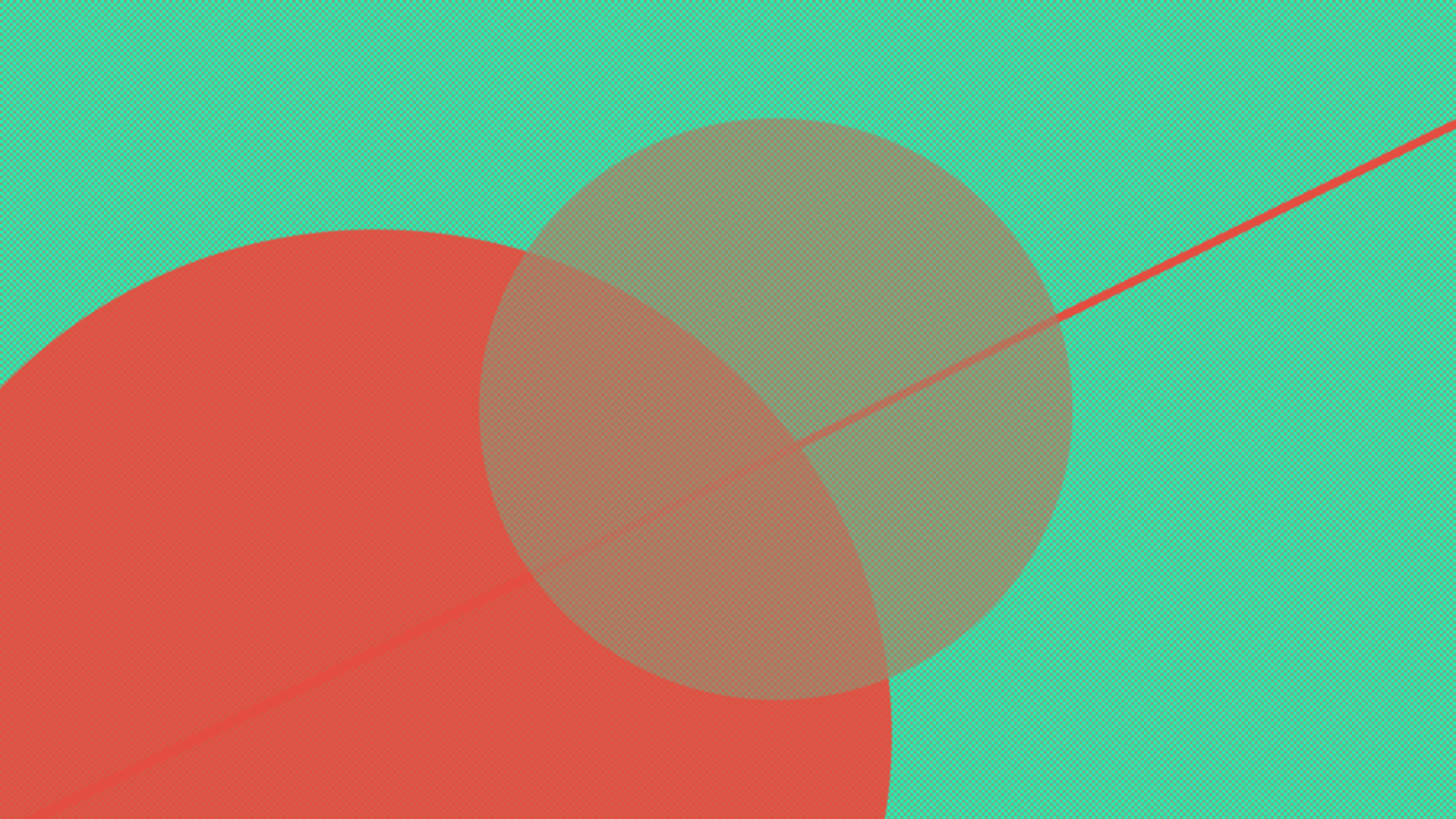From the Community: ‘Pathways’ in science and society – Making Science Public Blog
‘Pathways’ in science and society
“Two roads diverged in a yellow wood; And sorry I could not travel both; And be one traveler, Long I stood, And looked down one as far as I could, To where it bent in the undergrowth.” (Robert Frost, 1916)
I have walked along many paths, even pathways , on my journey through life. Recently, I have come across new pathways, indeed two different types of pathways, which have made me curious and thoughtful.
, on my journey through life. Recently, I have come across new pathways, indeed two different types of pathways, which have made me curious and thoughtful.
I was sitting in a meeting on Responsible Research and Innovation (RRI) and synthetic biology the other day and heard a lot about ‘innovation pathways’, ‘commercial pathways’, ‘translational pathways’, ‘pathways to innovation’ and, of course, ‘pathways to impact’. Some weeks beforehand I had been sitting in various synthetic biology meetings surrounded by people who study ‘metabolic pathways’ (or as some call them, ‘paths of life’). In both cases I was puzzled, but in different ways. What are these pathways we are talking about? How do we journey along them or make others embark on them? How do we map what they are and where they go? How are they made and changed?
Of course, these pathways are very different, but as we shall see, they cross over (might even come into conflict) in the life of natural scientists (who explore metabolic pathways and are supposed to find pathways to [industrial] growth) and in the life of social scientists (who are tasked with embedding RRI into this process and “help avoid lock-in to innovation pathways that do not serve individual patient or public benefit”).
For the full article see: ‘Pathways’ in science and society – Making Science Public.
